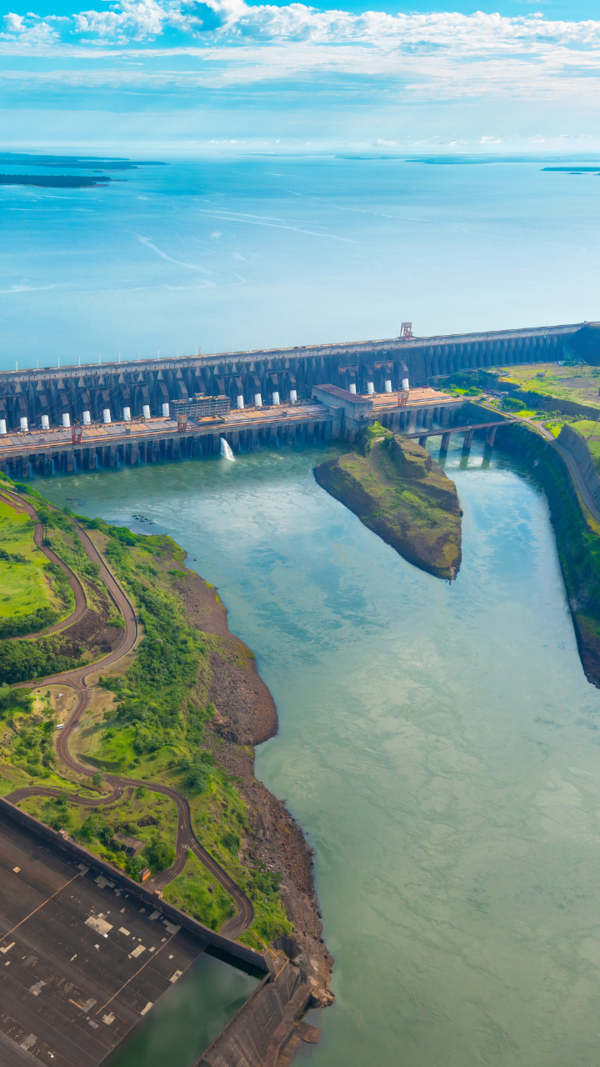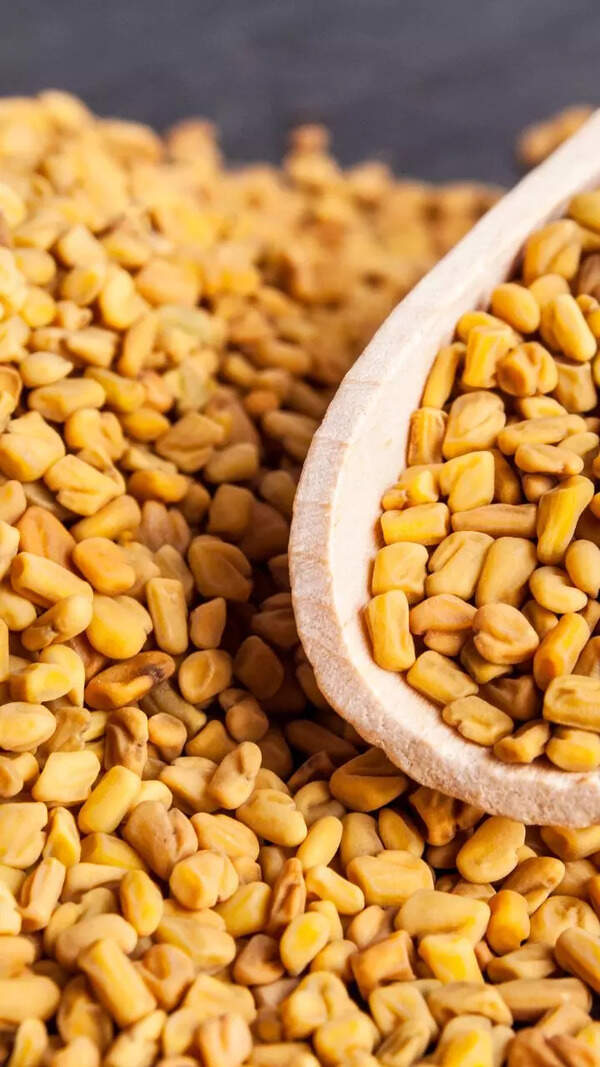Top 7 deadliest snakes on Earth

Top 7 deadliest snakes on Earth
Snakes have both interested and scared humans for centuries. While many species are harmless and even beneficial to ecosystems, some of them are known for their intense venom potency, speed, and aggressiveness.
These snakes can kill or seriously intoxicate humans within minutes, and in some cases of snake bites, a single bite is powerful enough to bring down several human beings or large animals. Found in jungles, deserts, swamps, and even oceans, these reptiles are flexible hunters that rely on lethal venom to slow down the prey.
These serpents are spread across the globe, from the forests of Australia to the rivers of Africa and the mountains of South Asia. Some inject neurotoxins through their fangs that shut down the nervous system, while others release hemotoxins that destroy tissue and blood cells.
However, advances in science and antivenom have improved survival rates, but encountering one of these species in the wild can still be a matter of life and death. Here are seven deadliest snakes on Earth

Inland Taipan
Popularly known as the "fierce snake," the inland taipan is the most venomous snake in the world. Being a native to Australia, this elusive reptile injects a venom which is potent and can kill an adult human in under an hour. Just one bite contains enough neurotoxins to potentially kill over 100 people. It is shy and rarely comes into contact with humans, living in remote desert regions, and despite its deadly power, attacks on people are extremely rare due to its reclusive nature.

Eastern Brown Snake
Found across eastern Australia, the eastern brown snake is responsible for more snakebite deaths in the country than any other species. Its venom is a viable mix of neurotoxins and blood coagulants, and the snake is fast-moving and highly defensive when threatened. Even juvenile snakes carry a deadly dose of venom. What makes this snake particularly dangerous is its tendency to live near human habitats, especially farmland, which increases the chances of accidental encounters.

Black Mamba
Africa's most feared snake, the black mamba, is fast and extremely aggressive when nudged. This serpent is capable of slithering at speeds up to 19 km/h, and can strike multiple times in seconds. Its venom is a potent neurotoxin, can cause paralysis and death in less than 30 minutes if left untreated. Despite its name, the black mamba is not black but rather olive to gray in color, with the name referring to the black inside of its mouth, which is seen when it is threatened.

King Cobra
The world’s longest venomous snake, the king cobra can grow up to 18 feet which is approximately 5.5 meters long. Found in forests across South and Southeast Asia, this majestic yet deadly serpent feeds on other snakes. Its venom isn’t the most toxic, but the huge volume it can inject makes it lethal, which is also capable of killing an elephant or up to 20 people with a single bite. It’s also intelligent and can raise a third of its body to deliver high, defensive strikes.

Saw-Scaled Viper
Small but extremely dangerous, the saw-scaled viper is responsible for more human deaths annually than any other snake. Found in parts of the Middle East, India, and North Africa, it’s fast, irritable, and often found in populated areas. Its venom causes bleeding, tissue damage, and clotting disorders. What makes this viper particularly lethal is not just its venom, but its tendency to bite repeatedly and many people succumb to these bites because of the fact that people often don’t seek treatment until it’s too late.

Tiger Snake
Native to southern Australia, the tiger snake is named for its distinctive striped appearance. Its venom contains a powerful mix of neurotoxins, coagulants, and myotoxins, making it deadly if untreated. Symptoms can appear within minutes, including difficulty breathing, paralysis, and internal bleeding. Tiger snakes are often found near water and can be aggressive when threatened. However, fatalities are less common today due to the availability of antivenom, and a quick medical response, but death is still possible if untreated.

Belcher's Snake
Despite living in the ocean, the Belcher’s sea snake is considered one of the most venomous snakes on Earth. Found in the warm waters of the Indian Ocean and Southeast Asia, this slender, banded sea snake rarely bites humans unless provoked. Its venom is highly toxic, but bites are extremely rare due to its mild nature. Fishermen are the most likely to come into contact with it, often when the snake gets caught in fishing nets. In the water, it's truly a silent killer.

Nature’s silent assassins
Some of the world’s most venomous snakes can deliver enough toxin in a single bite to kill multiple adult humans. Despite their deadly potential, verified studies show that most snake species are not aggressive by nature and bite only in self-defense. Their venom evolved primarily to subdue prey, not to harm humans. According to the World Health Organization, snakebites cause up to 138,000 deaths globally each year, especially in regions with limited access to medical care. Fast access to antivenom and awareness can significantly reduce fatalities from these otherwise preventable encounters. Educational programs, proper footwear in snake-prone areas, and community training on snakebite response are crucial strategies in high-risk regions.








